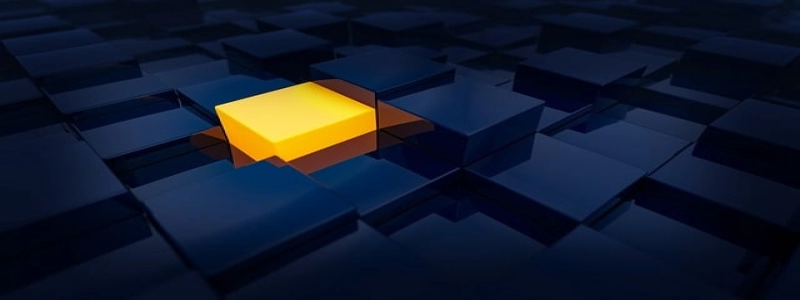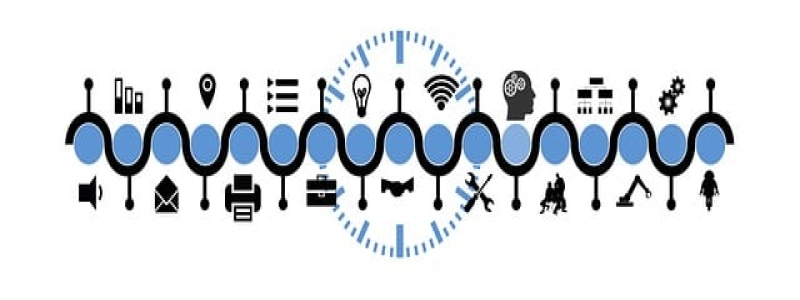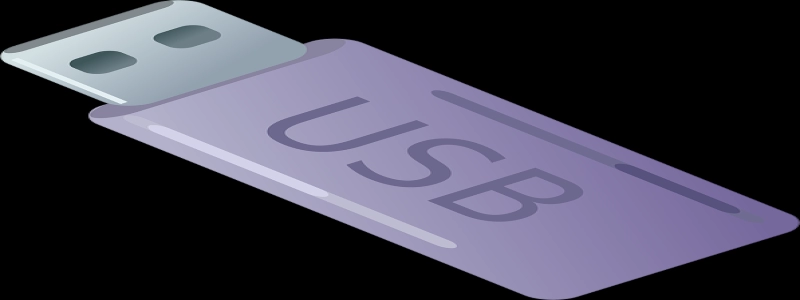Micro Fiber Optic Cable
I. Introduction
A. Definition
The micro fiber optic cable is a type of cable that is used for transmitting data through the use of light waves. It is composed of thin strands of glass or plastic that are capable of carrying large amounts of information.
B. Importance
The micro fiber optic cable plays a crucial role in modern communication systems. It allows for faster and more reliable data transmission compared to traditional copper cables. It is widely used in various industries such as telecommunications, internet services, and broadcasting.
II. Types of Micro Fiber Optic Cable
A. Single-mode
1. Description
The single-mode micro fiber optic cable is designed to transmit a single beam of light over a long distance. It has a small core size, typically around 9 μm, which allows for high bandwidth and low signal loss.
2. Applications
a. Long-distance communication
Single-mode micro fiber optic cable is commonly used in telecommunications networks to transmit data over large distances, such as transoceanic cables.
b. Industrial applications
It is also utilized in industrial applications such as oil and gas exploration and utility monitoring, where long-distance data transmission is required.
B. Multi-mode
1. Description
The multi-mode micro fiber optic cable is designed to transmit multiple light rays simultaneously. It has a larger core size, typically around 50 μm or 62.5 μm, allowing for easier coupling of light signals.
2. Applications
a. Local area networks (LAN)
Multi-mode micro fiber optic cable is commonly used for LAN applications, such as connecting computers and networking devices within a small area.
b. Data centers
It is also used in data centers for high-speed data transmission between servers and storage devices.
III. Advantages of Micro Fiber Optic Cable
A. Greater bandwidth
Micro fiber optic cable has a much higher bandwidth compared to copper cables, allowing for faster data transmission and higher capacity.
B. Immunity to electromagnetic interference (EMI)
Unlike copper cables, micro fiber optic cable is immune to EMI, ensuring a more reliable and secure data transmission.
C. Longer transmission distance
Micro fiber optic cable can transmit data over longer distances without significant signal degradation, making it ideal for long-haul communication.
D. Lighter and more flexible
Micro fiber optic cable is lighter and more flexible compared to copper cables, making it easier to install and manage.
IV. Challenges and Future Developments
A. Cost
Micro fiber optic cable is currently more expensive to manufacture and install compared to copper cables, limiting its widespread adoption.
B. Research on new materials
Ongoing research focuses on developing new materials that can further improve the performance and reduce the cost of micro fiber optic cable.
C. Increasing demand
The ever-growing demand for high-speed data transmission and the development of emerging technologies such as 5G and Internet of Things (IoT) will drive the demand for micro fiber optic cable in the future.
V. Conclusion
The micro fiber optic cable revolutionizes the way data is transmitted, offering faster speeds, greater bandwidth, and improved reliability compared to traditional copper cables. As technology continues to advance, the micro fiber optic cable will play an increasingly important role in our interconnected world. Efforts to reduce costs and improve performance will pave the way for wider adoption and integration into various industries.








